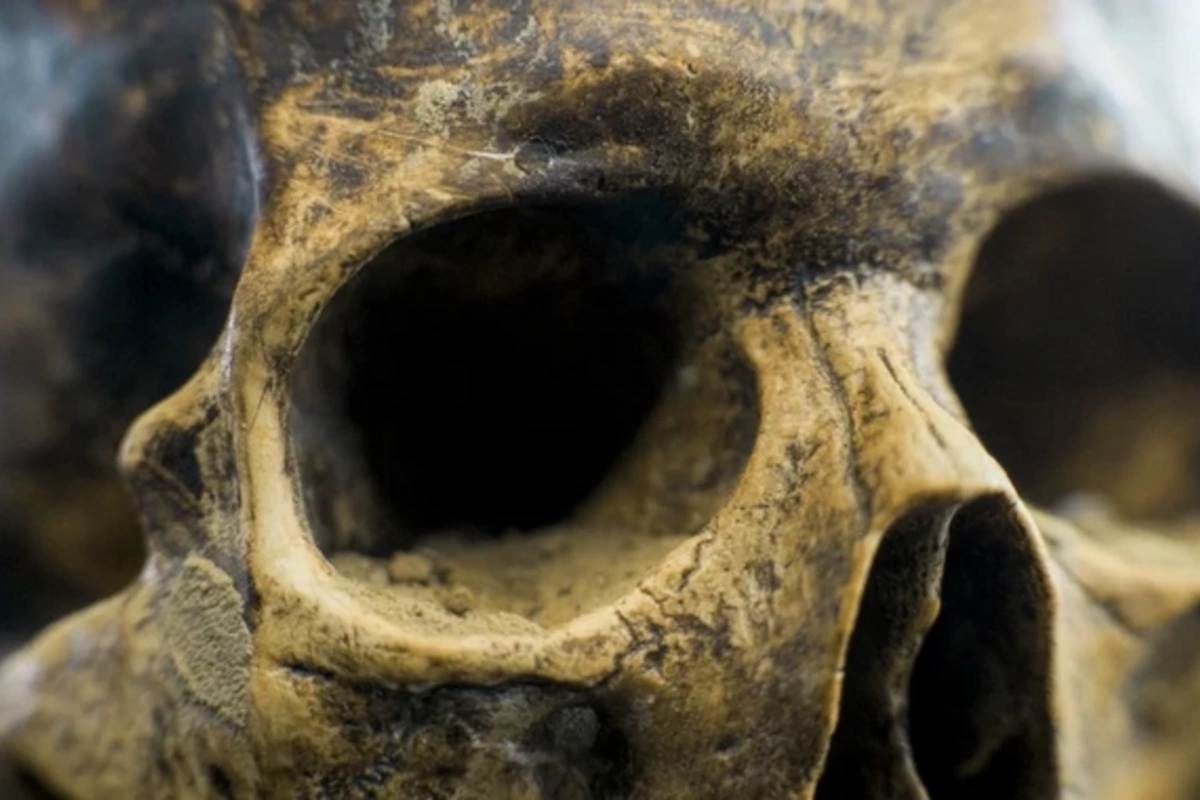30 May , 14:50
5

Sensational discovery: ancient skull from China belongs to an unknown human species. The find, named Maba 1, is about 300 thousand years old, and it was discovered in a cave in Guangdong province back in 1958.
As reported by TUT.AZ with reference to Mir24, researchers initially assumed that the skull might have belonged to a Neanderthal. However, scientists recently conducted an in-depth analysis of the internal structures of the find for the first time using computed tomography, examining in detail the sinuses, meninges, and diploic veins.
The results of the study were astonishing: the skull has a combination of features from various archaic hominids, but does not correspond to any known species.
In terms of general morphology, the find is closest to Homo erectus, but the frontal lobe of the skull was too small for an upright human. Researchers did not find characteristic Neanderthal features, and the brain size of the hominid was significantly smaller than that of Denisovans.
Scientists emphasize that in the Middle Pleistocene (780-126 thousand years ago), Earth was inhabited by many "intermediate" human species. In Morocco and Tanzania, there were creatures resembling Homo sapiens, and in Zambia, a variety of Homo heidelbergensis was discovered. Surprisingly, Maba 1 has similarities with African hominids, despite the vast geographical distance. In the scientific work, it was provisionally classified as a "non-erectus" (non-erectus) hominid.